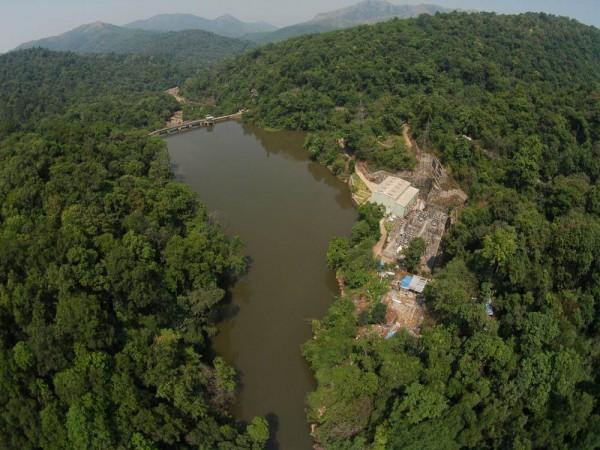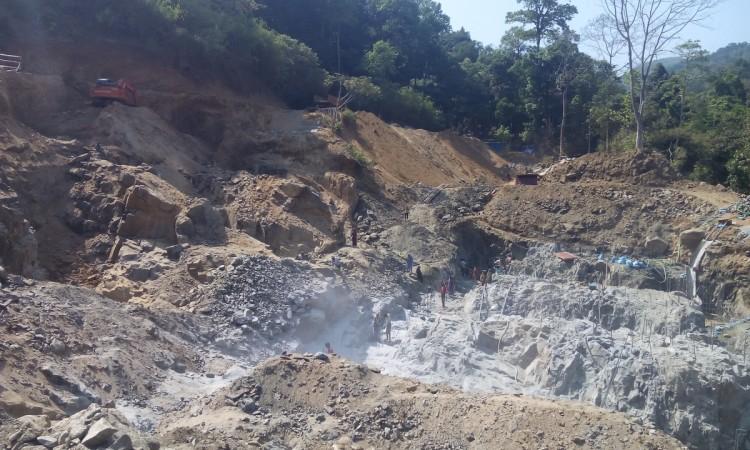
A recent study on Small Hydropower Projects (SHPs) in India has revealed some adverse effects of the so-called clean energy on the rivers' course, aquatic life, and water quality.
For the study, researchers chose the upper reaches of river Nethravathi and observed its two dammed tributaries and one non-dammed tributary from February 2014 to May 2014. Netravathi river is part of the Western Ghats biodiversity hotspot.
The study, which was conducted by scientists from Wildlife Conservation Society (WCS), said SHPs have a detrimental impact on the river flow by reducing flow immediately below the dam. It even causes flow fluctuation when the water is released back into the river after power generation.
These alterations have consequences on fish assemblages as the 'dammed' streams had altered fish composition and even reduced the number of species.
"Our study was one of the first to holistically assess the impacts of SHPs in the forested regions of the Western Ghats," said Suman Jumani, the lead author of the study. Ecologically speaking, SHPs have severely altered river geometry, water quality, and freshwater fish species assemblages, she said.
"Since they divert water for long distances, it leaves vast stretches of the river almost completely devoid of water flow in the dry season. Waters in these stretches had lower oxygen levels and higher water temperature. Not surprisingly, these habitat alterations strongly affected freshwater fish assemblages," said Suman Jumani.
The researchers also noticed that while dammed streams had more generalist species of fish which are widespread and can survive in harsh environments, while specialist species, which are unique to certain rivers, and migratory fish have considerably reduced in number.
It was also noticed that native species were strongly affected and it is a matter of great concern as they are only found only in the Western Ghats. If nothing is done, these species can be driven to extinction, warned the researchers.

SHPs: Good intentions but wrong consequences?
"SHPs are a classic case of good intentions leading to terrible consequences," said Jumani. SHPs are defined not based on their ecological footprint, but rather on their installed capacity, he added. "In our country, SHPs are hydroelectric dams that produce up to 25MW of power - an arbitrary threshold. Hence, we have numerous SHPs with weir heights extending beyond 15m, a threshold used by the World Commission of dams to define large dams!" said Jumani.
Currently, a new SHP is being constructed on Hongadhahalla, the only free-flowing tributary in this area. But local people are increasingly turning averse to such projects. They often complain that they were not involved in these projects during the construction stage or after. Neither electrification nor employment offered to them, they said.
Also, the rise of SHPs increased human-elephant conflicts in the region. In the year 2005, the number of claims filed for elephant conflict compensation increased by 173% compared to 2014. In fact, the number of claims has peaked every time a new SHP was commissioned. The reserve forests of Sakleshpur are a critical elephant corridor connecting Pushpagiri wildlife sanctuary in the south and Kudremukh national park in the north, said the authors of the study that was recently published in the journal Aquatic Conservation.









